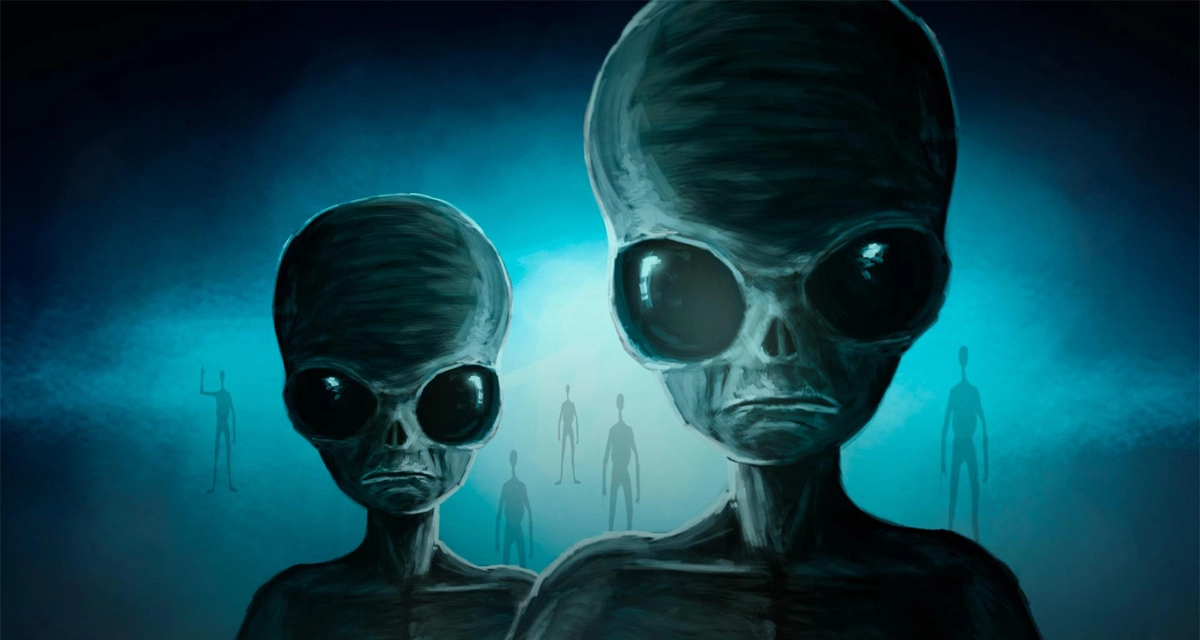Aliens from NASA’s
We asked one of the scientists of NASA about the existence or non-existence of space creatures. He said that currently no definite signs have been seen about extraterrestrial life, but this does not mean that this issue is definitely not true.
Whether extraterrestrials exist or not is a very interesting question, and NASA has spent a lot of time exploring this issue. But we have yet to discover any planet that has confirmed scientific evidence of extraterrestrial life. But if we want to think about life on our own planet and focus on issues beyond big things like elephants and whales, trees and such smaller creatures, that is, if we look at every part of life on the planet, in the end, life We get microbes.
In fact, our view of habitable environments is changing and expanding. At the moment, we are just beginning to explore the Earth, meanwhile, NASA has sent five rovers and four landers to Mars. In addition, the sent satellites are equipped with amazing cameras to take pictures of all parts of the planet Mars. However, we have only been able to explore a small part of Mars. This issue is one of the hopeful things about the possibility of life in the solar system.
In recent years, scientists have discovered icy moons outside the solar system, such as Saturn’s moon Enceladus and Jupiter’s moon Europa, which appear to have subsurface oceans that may be habitable. These icy oceans are exactly the same things that exist on our planet. So we can hope that the more exoplanets we find around other stars, the more we can learn about the different environments available for life.
According to researchers, do aliens exist?
A NASA grant to University of Rochester astrophysicist Adam Frank allowed the distinguished scientist to examine the footprints of advanced technology on exoplanets.
In 2019, scientists were able to discover more than 4,000 exoplanets, including some Earth-like planets that may have the potential to support life. These planets may be the key to answering human questions. Do aliens exist?
However, in order to determine whether planets have life, scientists must first determine what characteristics indicate that life exists on them, or has ever existed.
What do aliens look like?
When we think about the possibility of the existence of extraterrestrials, how can we visualize the appearance of extraterrestrials? If most Hollywood sci-fi movies are true, aliens are essentially humanlike, but with strangely colored skin and extra arms and legs. But can these possibilities be real?
What we have in mind about aliens is that their extraterrestrial life will be very similar to our life on earth. A physical life made of matter, creatures that walk on their legs or pick things up with hands or tentacles or suckers. He can speak or see with his eyes by using a kind of mouth. It gets energy by eating food, it needs breathing to live. It will be social and will have a developed society. In that society, they will coordinate with each other and work together These assumptions may be true or fundamentally false.
Alien life does not only mean extraterrestrial appearance of humans. It can include any type of living organism. It can also be tiny microbes, or invisible particles that we never thought about.
What we know is that the way they live and function is guided by their environment. So imagine a planet like Jupiter, one that is very large, very hot (about -145°C in the clouds and about 24,000°C in the core!) and made mostly of gas.
Can the life needed for humans evolve in Jupiter? There is almost no need for legs (because there’s nothing to stand on), or hands (nothing to pick up), or the ability to eat solid food (because the only solids are you and your fellow humans). On this planet, it is easier to imagine a life form floating in the atmosphere. Organisms that feed on radiation or crude hydrocarbons, if present. They will communicate (if they need to communicate) by touch or by leaving chemical traces of themselves in the clouds or by emitting pulses of radiation. In general, something very different from the life we imagine from aliens.
We assume that these organisms exist and according to the environmental conditions in which they live, they must have such characteristics. Imagine that there is an organism that paves a path that:
- You can live for thousands of years
- Feed by direct absorption of radiation
- Survive large wounds and endure large chunks of yourself being cut off
- Always live outdoors and survive in the harshest climates
What do you think? Could this be the characteristics of an alien or could it be a strange form of extraterrestrial life on another planet?
Another thing to consider is that alien life might be so unknown that we don’t even know it’s alive?
All in all, trying to predict what aliens will look like when we don’t know what their environment will be like is difficult. They may have three legs, or green skin, or they may even have feathers.
However, the latest research shows that we can use Darwin’s theory to predict how aliens will evolve, and that this theory is very similar to how we evolved. Scientists think we evolved from simpler organisms during a sequence of events called major transitions. These major transitions occur when a series of extreme conditions allow a group of separate organisms to evolve into a complex organism. This theory predicts that these complex organisms will have separate organs, each with a specific function, controlled by mechanisms such as the Nerve and blood supply are supported. So even if they don’t look like us physically, they are probably very similar to us on the inside.





